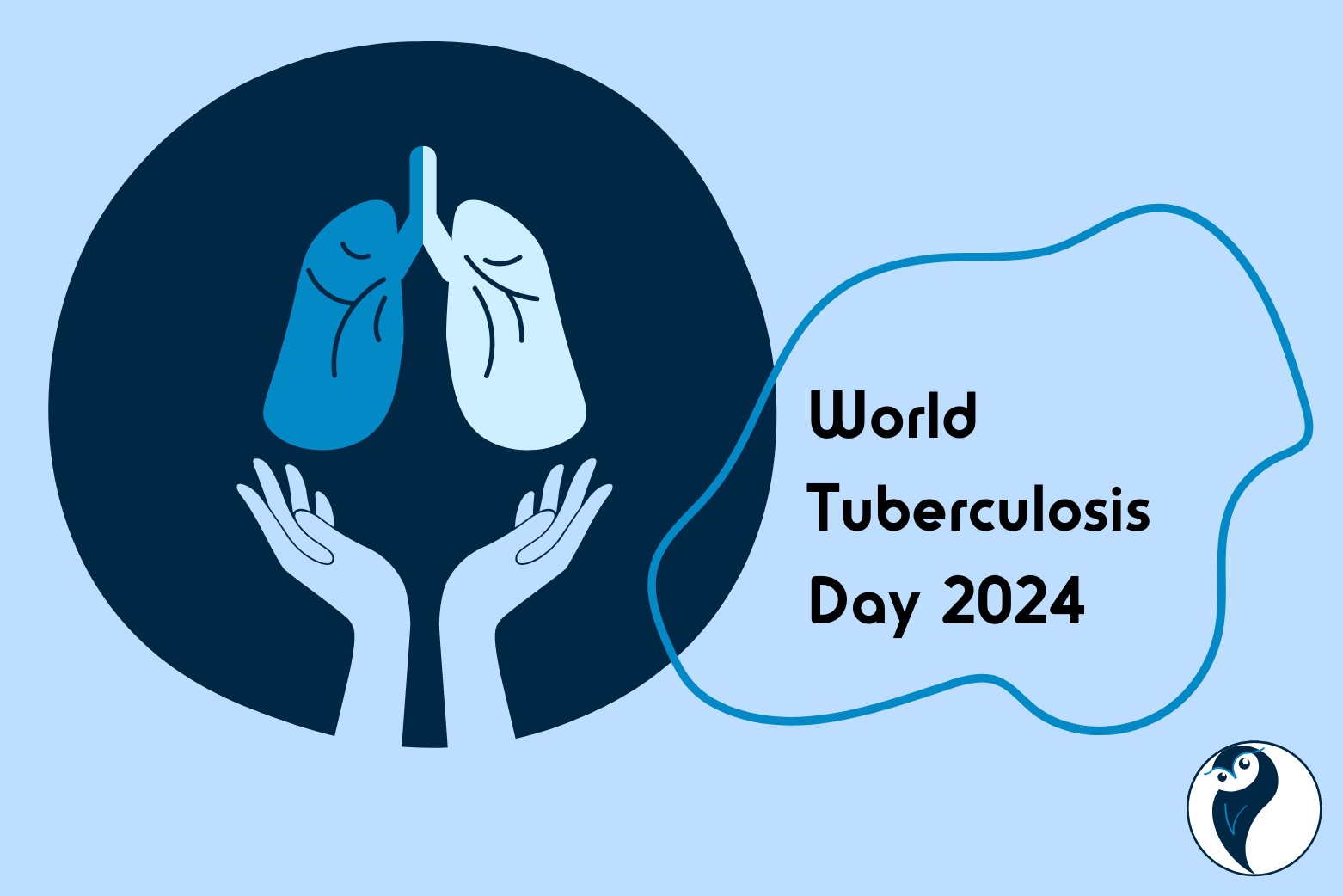Despite being treatable, tuberculosis (TB) is affecting millions of people every year. The bacterium that causes tuberculosis, Mycobacterium tuberculosis mostly attacks the lungs, but it can also attack other organs such as the kidney and the brain. Tuberculosis is an airborne disease, as it spreads when an infected person sneezes, coughs, or spits.
People with compromised immune systems, have a higher risk of falling ill; tuberculosis is the leading cause of death of people with HIV. However, it is not all bad news: tuberculosis is curable, it is possible to eliminate and end the disease once and for all!
The World Health Organisation has established the Global Tuberculosis Program a strategy focusing on three different pillars: “The first pillar – integrated, patient-centred care and prevention – puts patients at the heart of service delivery. The second pillar – bold policies and supportive systems – requires intense participation across government, communities, and private stakeholders. The third pillar – intensified research and innovation – is critical to break the trajectory of the TB epidemic and reach the global targets.”
Today, on World Tuberculosis Day, we would like to share the following resources from the World Health Organization and invite you to find out more about the disease and the steps we can take as a global community towards a world where there is no more suffering because of tuberculosis:
We hope that you will find them insightful and that they will help you form a better understanding of the disease.





